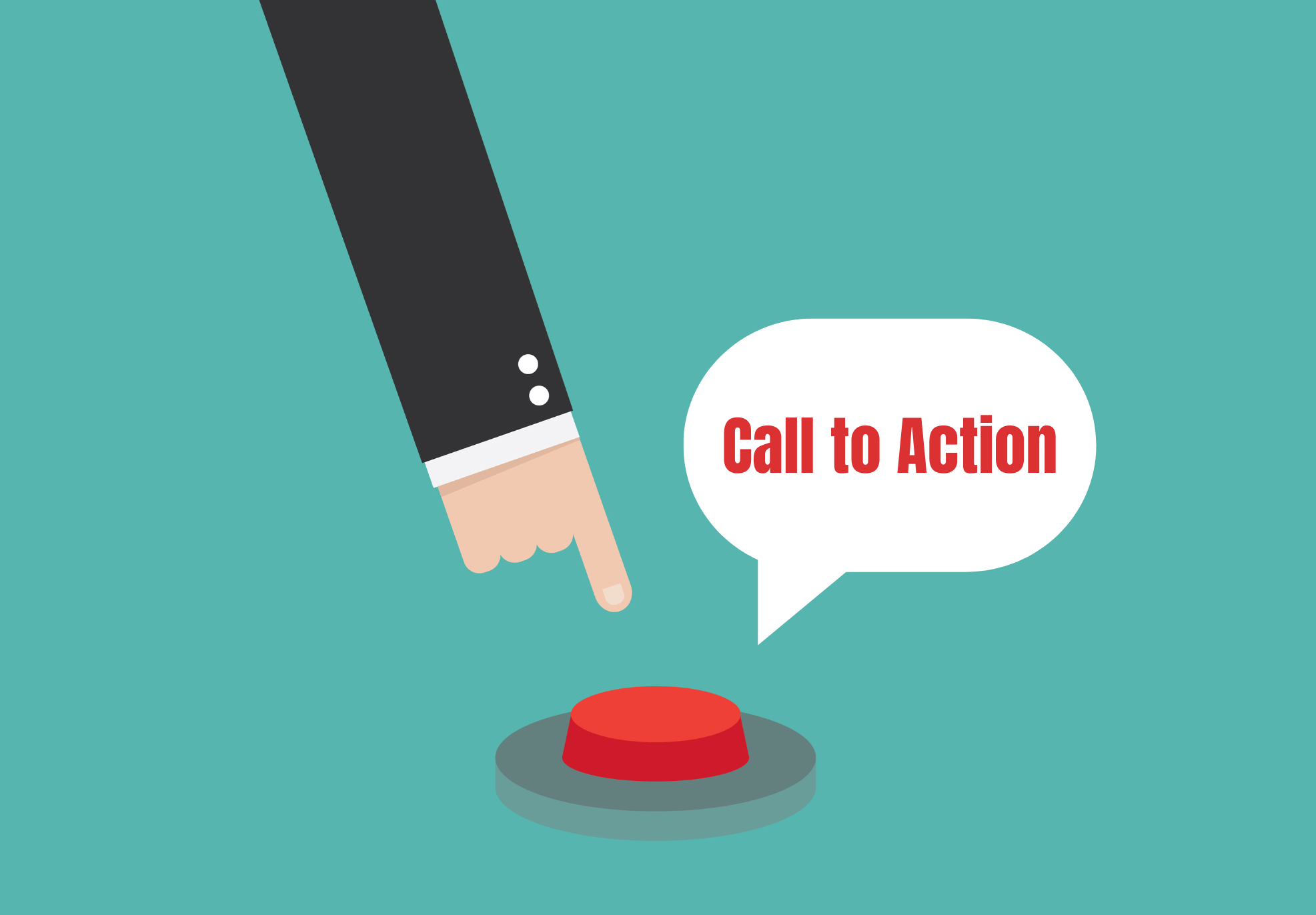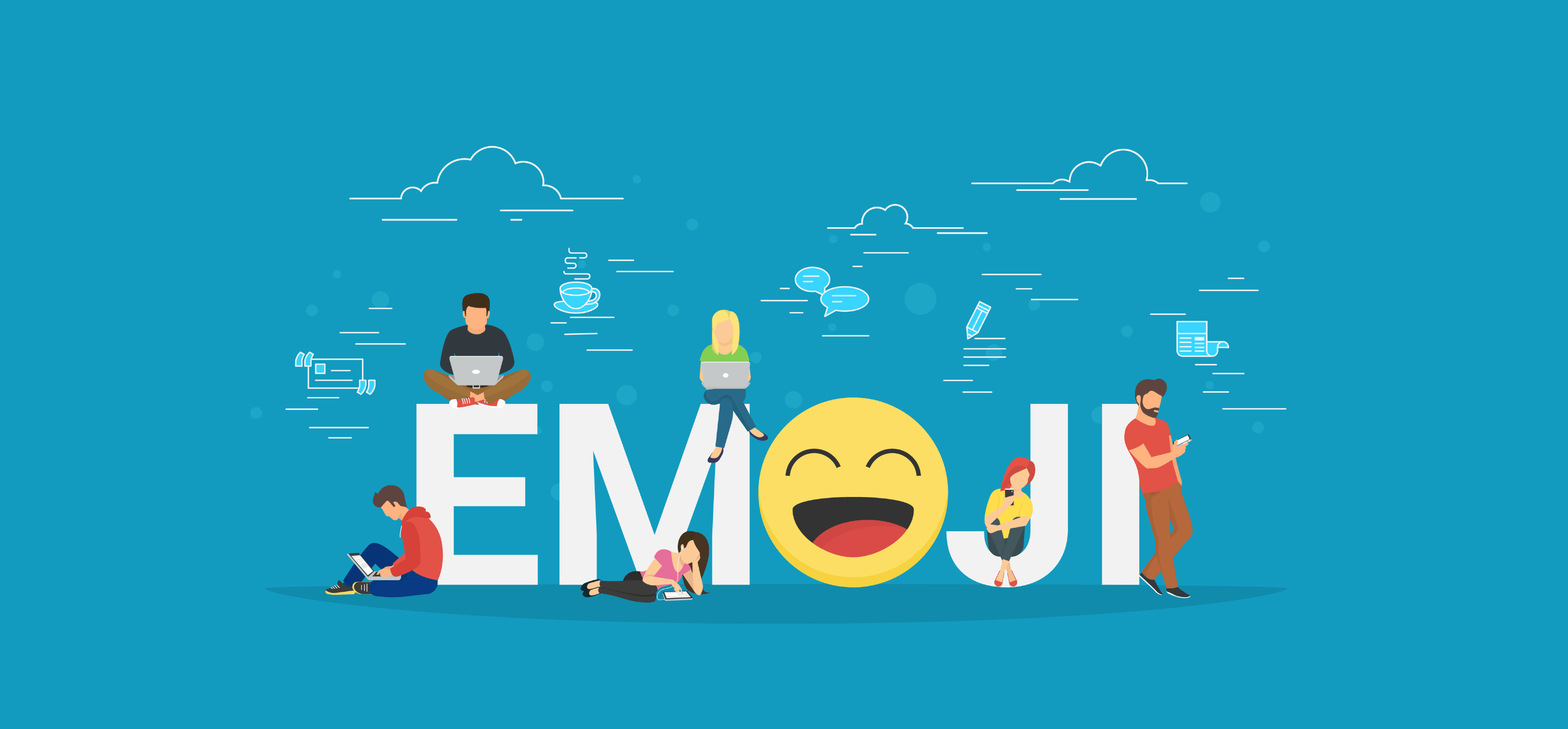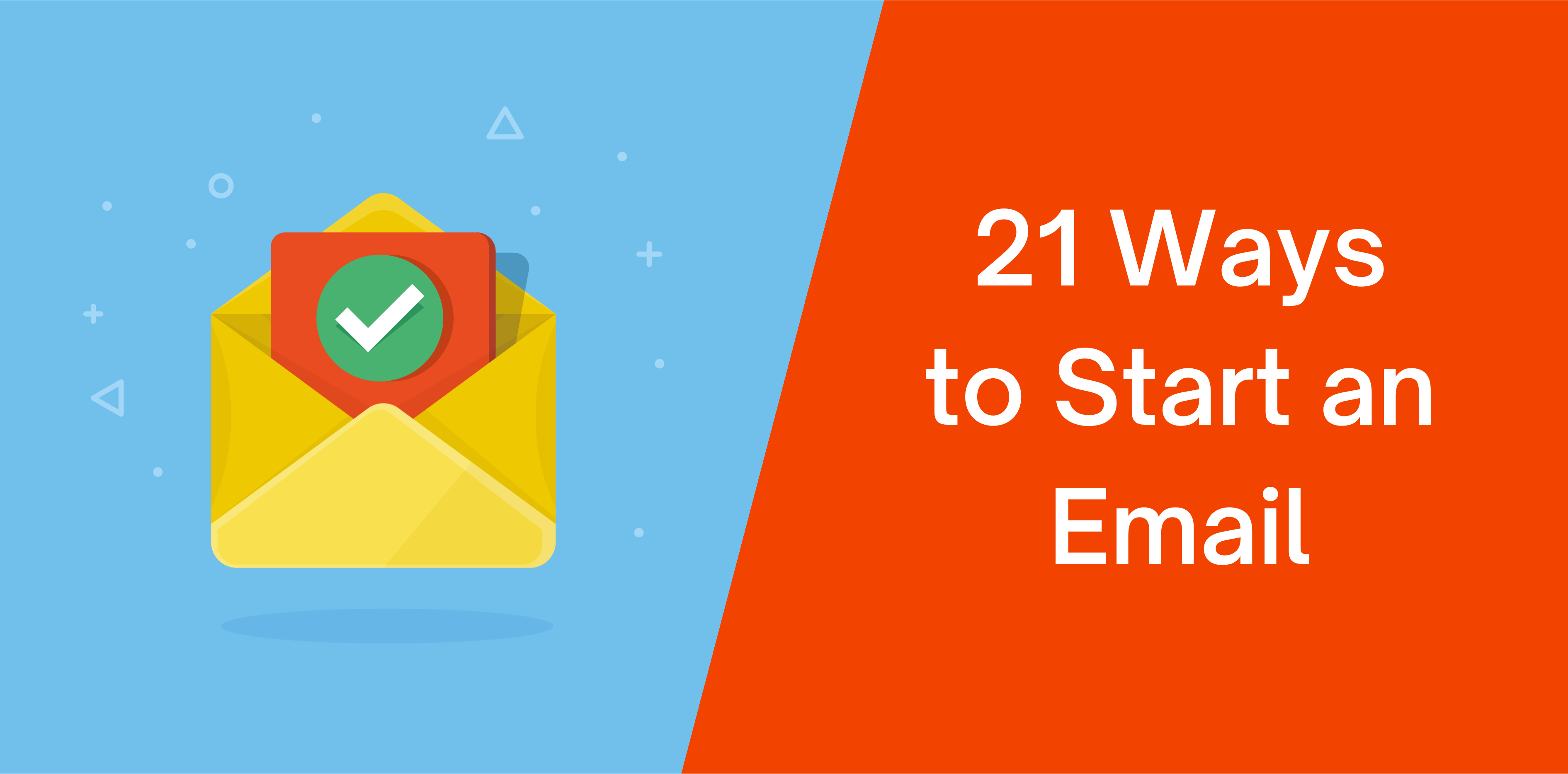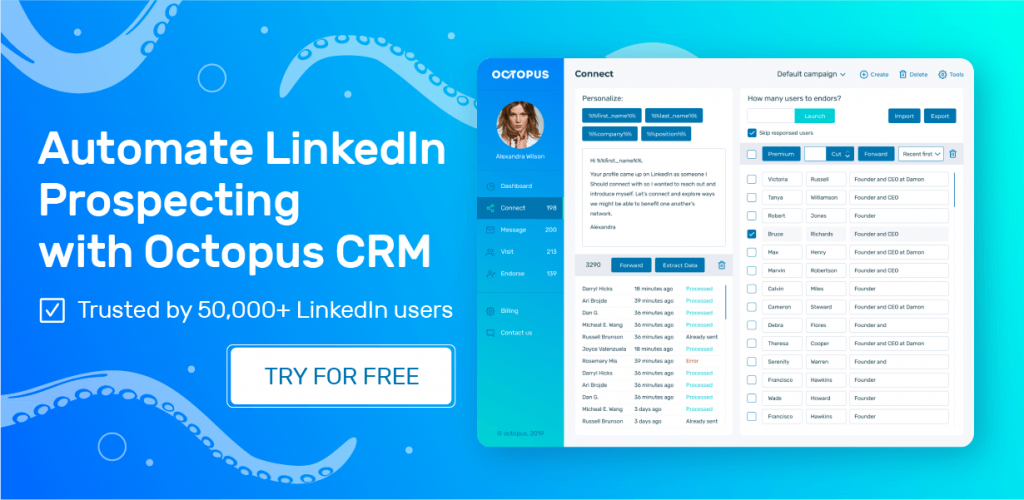An email is a crucial tool for communication because it is sent and received over 300 billion times daily. Marketing professionals, salespeople, and customer service representatives might have trouble creating a polished approach to begin a business email, especially when writing to an unfamiliar recipient.
The opening of your email can influence whether or not your reader decides to read the rest of it. This article focuses on email intros importance and examples of how salespeople can write compelling introductions.
Read also: Email Marketing Statistics You Should Deal With
Why Are Email Intros Important?
Like phone conversations and video conferences, emails are an essential tool for communication. Every email you send to your coworkers should be viewed as a chance to earn their respect. You increase your chances of making a favorable first impression by creating a solid email introduction. A positive first impression can persuade recipients to read your email’s entire message and take any necessary steps.
Make sure to give your audience and the precise purpose of your article some thought. You may develop clear communication by doing this, which will help you advance initiatives and foster relationships. You may make an excellent first impression by opening your email professionally.
Read also: Best Email Marketing Automation Tools
How Can You Start an Email Under Different Circumstances?

There are different ways to start an email. The sender of the email will have a different objective every time. That is why; each email will have a separate intro paragraph.
Related article: Best Email Drip Campaign Examples
Here are a few ways to start an email, depending on the circumstances:
Dear [Name]
The salutation used in this email is acceptable for formal email contact. When you wish to show respect for the receiver, you usually use it in formal business letters, cover letters, and other communication.
Although “Mr.” and “Mrs.” were historically acceptable honorifics, they run the danger of misrepresenting gender or incorrectly presuming the reader is married. Use “Dear Adam” or “Dear Adam Barney” instead.
Hi or Hello
In terms of email salutations, a casual “Hi” followed by a comma is completely fine in most work correspondence. Consider using the salutation “Hello” if a more official tone is desired. Even though it’s a casual greeting, this one also has a natural and cordial manner.
Hi everyone, Hi [department name] team, or Hi team
You have a few alternatives when emailing two or more persons. “Hello everyone,” “hello team,” or “hello [department name]” team are some informal yet appropriate ways to address a group of people.
Moreover, never address your recipients with pronouns like ladies or gentlemen because they are very informal terms and thus inappropriate for business emails.
I hope you are having a great week, or I hope you enjoyed your weekend
These are good email subject lines because these lines acknowledge the reader and establish rapport with a coworker you already know or wish to have a cordial working connection with.
I’m reaching out about. . .
It’s courteous and forthright to start an email with “I’m reaching out about… ” because it clarifies the communication’s goal. Since hundreds of emails are sent throughout a single business day, choosing this method indicates your consideration for the recipient’s time by being concise.
A clear statement of your intentions also helps to prevent misunderstandings or ambiguity over what you want the reader to do.
Thanks for . . .
Another method to prioritize the reader is to show gratitude. Acknowledging at the outset that your email is in response to the recipient’s email or action fosters teamwork at work.
Related article: How to Use Email Variables For Bulk Emails
21 Examples to Start an Email
The introduction of an email is the most crucial part. Since the beginning of the email grabs readers’ attention, it is critical to make the introduction paragraphs catchy.
Related article: How to Write a Collaboration Email
Here are a few examples to start your email:
Create a Catchy Subject Line
Create an engaging subject line for your email to convince the recipient to open it. The trick is to capture their interest since, unlike an email from someone they know, there is no assurance that they will read your email unless it catches their eye.
Networking subject lines:
- “Can I buy you lunch?”
- “Coffee on me?”
Sales subject lines:
- “40% growth in 3 months — wow.”
- “Do you offer an online course for [book]?”
Job search subject lines:
- “Are you looking for a [job title]?”
- “Do you want to know how working at [company] is like”
Adjust Your Salutation to the Occasion and Industry
Even though salutations are one-word, choosing the right one matters. Stick with the usual “Dear” salutation if you’re writing to someone in a traditional field like banking or government. Use “Hi,” “Hello,” or “Hey” when emailing a person from a more relaxed industry, including media, tech, travel, or fashion.
Selecting a welcome that they are accustomed to hearing demonstrates your diligence. Their name is included in the second portion of the salutation. Make sure to address them by their first names. That has become standard across sectors these days.
Avoid using “[First name] [Last name]” since it comes out as overly formal and robotic, as well as “Mr./Mrs./Ms. [Last name]” because it makes you appear young.
Include a CTA

Don’t be ambiguous. Your prospect should know what to do next after getting a sales email. Are you requesting a reply to an email? Should they make a phone call to them? Do you require them to reserve a time on your calendar to speak? Including a clear call-to-action in your emails will help the prospects know what to do after receiving your email. Therefore, when sending out emails, it is essential to add a CTA to help the readers understand the purpose of the message.
Introduce Yourself
You cannot presume that your potential customer is familiar with you or your business. Introducing yourself should be one of your first actions. It is not necessary to have a lengthy introduction. Begin by including your name, your position, and the name of your business.
Give Quick Value
Find a method to add value immediately, even if it’s just your personal experience. Just take care not to be harsh in your initial email. A compliment at the outset might soften the criticism.
Congratulate Them
Today, we have more information about prospects than ever. Therefore, you can easily access several prospect success stories online.
For financing updates, check the prospect’s website, look up company news on Google, explore the prospect’s professional profile on LinkedIn, and add all the information you receive to your contact records.
Don’t try to pitch the prospect after you’ve discovered the ideal time to congratulate them. Just give someone an honest compliment.
Mention Shared Contacts
Bringing up any contacts you share is the most straightforward approach to starting a conversation with a new person. When beginning without a link, it is crucial to rapidly explain why the prospects should be interested in you in the opening of your introduction email.
Follow Up
There is no reply to the email you sent. The exchange you had wasn’t over there. A lack of a reaction does not necessarily indicate disinterest. Contact your potential client again. You must take a few factors into account. The email never reached them. They have not yet been motivated to take action. Your goal should be to follow up at least twice and ideally three times to move the conversation further.
Boost Their Mission
Try this strategy on executive-level managers. The executives and business owners are responsible for promoting an organization’s vision. Boost their mission in the opening lines to connect with the recipient.
Explain the Purpose of Your Email
Although making new pen pals is wonderful, our goals in using introduction emails are to create commercial or employment prospects. As a result, you must be clear in your message as to why you are writing them. This is crucial if you don’t know any of them personally.
Offer Help

Remember that the first email’s purpose is only to obtain a response. Because of this, the prospect may require an urgent repair that has nothing to do with your company’s goods or services. You can still assist the readers.
Talk to Lower-Level Employees
Every organization has workers who interact with customers. Start by asking the sales staff how they are doing and where they think they could do better. Most likely, they will all react together.
After that, get in touch with them once more, share the results, and ask how your service or product might be helpful. The sales staff may be willing to provide your details to the appropriate contacts if there are objectives the company may more successfully achieve after implementing the product you sell.
Make Your First Line about Them
One of the most critical elements of an introductory email is the opening line. It is crucial to building relevancy. If you are successful, you will encourage the reader to keep reading.
Your initial inclination may be to introduce yourself, such as “My name is ABC, and I’m contacting you because…” but this will only make them curious about the email.
Thank Them for Subscribing
It is time to confirm their choice when they subscribe to your company’s material. Thanking your subscribers increases their sense of belonging to a community and fosters greater trust in your company.
You become likable and humanize your brand by expressing gratitude to your new email subscribers.
How Was Your Vacation/Weekend/Etc.?
Don’t be too intrusive with this one; be cautious. However, asking your prospects about their vacation and if they have visited famous tourist spots is acceptable. Ask them to share their experience but don’t be very pushy. It is advisable to reach out after they are back from the trip.
Well Wishes
You are not required to follow your greeting with a brief, uplifting statement like “Hope all is well” or “Hope you had a great weekend.” This is ideal if you have been in contact with the recipient for a considerable time or are close with them. You could omit this paragraph if you are aware that your audience prefers brief notes containing only the essential details.
I Sincerely Hope You Are Doing Well
By wishing the other person well right away, you can establish a friendly tone for the chat without requesting too many personal details from them. Since you don’t know how they are doing, it’s an excellent alternative for someone you haven’t written to in a long time.
Following Up On Our Conversation at [Event/Place]
This would be an excellent opening if you had a terrific talk with someone during a networking event, but it had to be precise since one of you had to go because it was time for them to leave. Nevertheless, you exchanged personal contact details or business cards. With this introduction, you can reenter the conversation while providing a brief overview of how they know you.
Concluding Remarks: “Thank You for Your Consideration”
You want to strike the correct tone while expressing thanks and confidence in a post-interview email. Since the style of this email is one of appreciation, continue by outlining aspects of your knowledge and experience that, in your opinion, will help the business and make you a good fit for the position.
I Loved Learning More about [Job Titles] Specifics
Always keep in mind that you are choosing whether or not the company is the perfect fit for you professionally, in addition to whether or not the company feels that you will be the appropriate fit for them.
You may occasionally conclude that the job isn’t a good fit for you. In that case, use this email greeting and politely inform them that you won’t be moving further with the interview.
Are You Still Interested?
Simple questions like “are you interested?” can allow someone to escape, especially if you’re unsure whether they want to carry on the conversation. It also functions well as the subject line for a sales email.
Read also: Email Outreach Tracking Comprehensive Guide
How to Write the Best Email Opening Lines?
Once you have finished your email greeting, move on to the first sentence. Here’s how to make the ideal one:
Keep it Short
Even while an email opener is crucial, you shouldn’t compose a lengthy one. Since email intros are the most critical portion of your email, you most likely have vital information to give or a question that needs to be answered. Your email’s opening line should capture the reader’s interest.
Be Polite and Friendly

Your tone may come out differently in an email than when meeting in person. After all, the receiver cannot see your expressions or hear your voice. Therefore, avoid using subject email lines that are extremely direct and can come across as unpleasant, as well as anything amusing that the receiver might not find entertaining.
Additionally, while a smiley-face emoji could make your introduction look fantastic, be sure that it will be well-received. Emojis are acceptable in emails to close friends and coworkers, but you may want to avoid them when writing more important emails, such as those to your boss or a recruiter.
When in Doubt, Go Formal
When you doubt how to begin an email, go with being formal. A little more formality and politeness is usually preferable to being overly informal and potentially unprofessional. You can permanently alter your style and email subject lines in subsequent letters if needed.
What Should You Avoid to Begin Your Email?
We often make mistakes when typing an email. However, we do not realize the consequences our minor errors can lead to a business. Therefore, when writing an email, we must pay attention to what we are writing. The readers often lose interest if the emails they are reading have errors.
Related article: Reasons Why Email Campaigns Fail
Here are a few mistakes you can avoid when beginning an introduction in an email:
[Misspelled Name]
Verify the spelling of the recipient’s name before using it in an email salutation. Typos happen, but mistyping someone’s name raises suspicions that the sender did not write the emails with attention.
Can You Do Me A Favor?
An introductory line like “Can you do me a favor?” does not sound correct, especially when emailing someone for the first time.
Instead, consider using an email start line like “I’m reaching out concerning…” that conveys the issue you expect to fix with their help.
Let Me Introduce Myself
This email opener is often used when sending an email to a new recipient. Let me introduce myself is equivalent to describing your introduction in an email. Would you speak this aloud to a person? It sounds affirmative, but in the end, it is time wasted. Instead, get right to the point.
I know you are Busy, but . . .
This email’s introduction suggests that the reader’s time is valuable. At worst, it implies that you still deserve their attention even though you know about it.
Avoid this opening line no matter how close you are to the reader; instead, give a concise overview of your motivation for messaging them.
To Whom It May Concern
Even though “To whom it may concern” appears to be a formal greeting, it’s impersonal and overused. It implies that you don’t care to ensure your receiver is who you think they are or whether your message is relevant to them.
The “Dear Sir or Madam” email salutation also falls under this. The gender-binary greeting is outdated and can be viewed as exclusive.
Read also: Best Times to Send Cold Email
Conclusion
Email introductions are a crucial element in emails. They grab readers’ attention and convey the sender’s message. Therefore, intros have to be catchy and attention-grabbing. However, when writing emails, senders often make minute errors that make the readers lose interest in reading the complete message. That is why paying attention to minor details is critical to avoid mistakes, especially when writing email intros.

